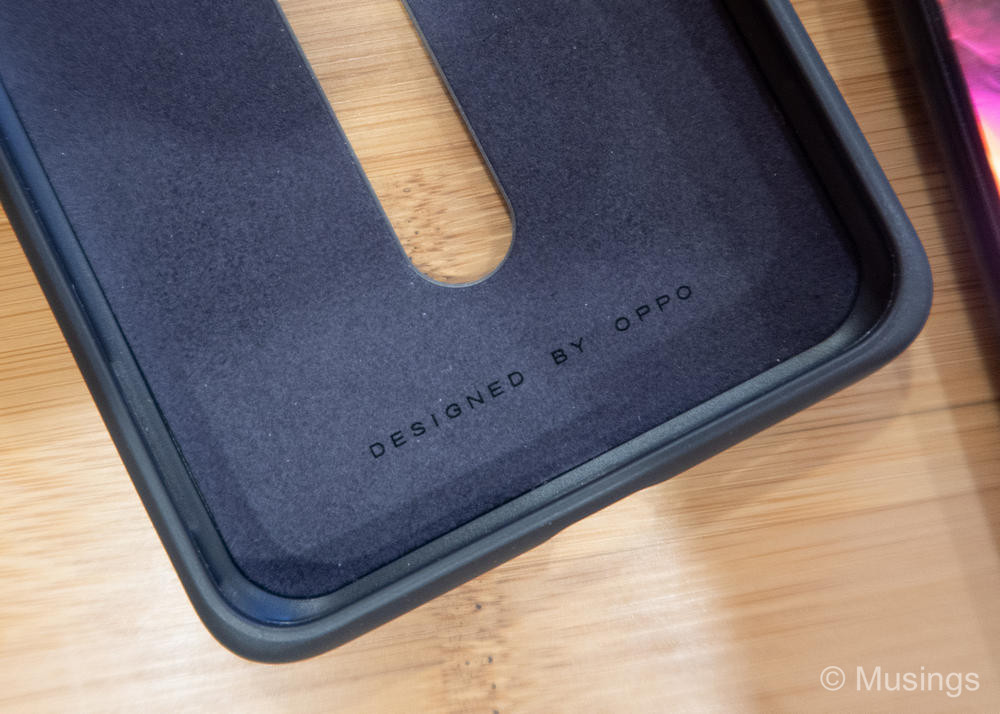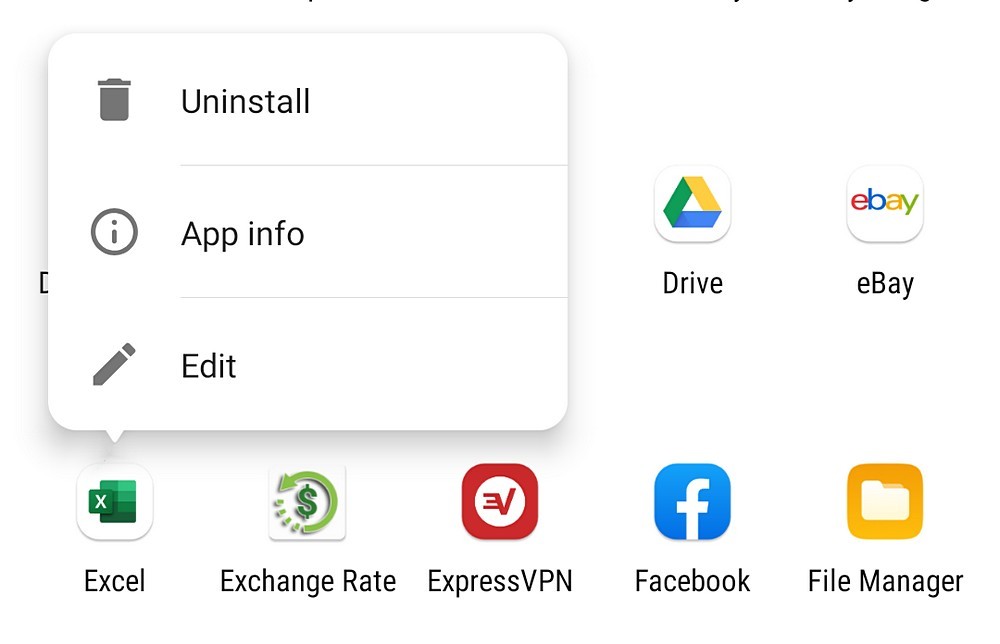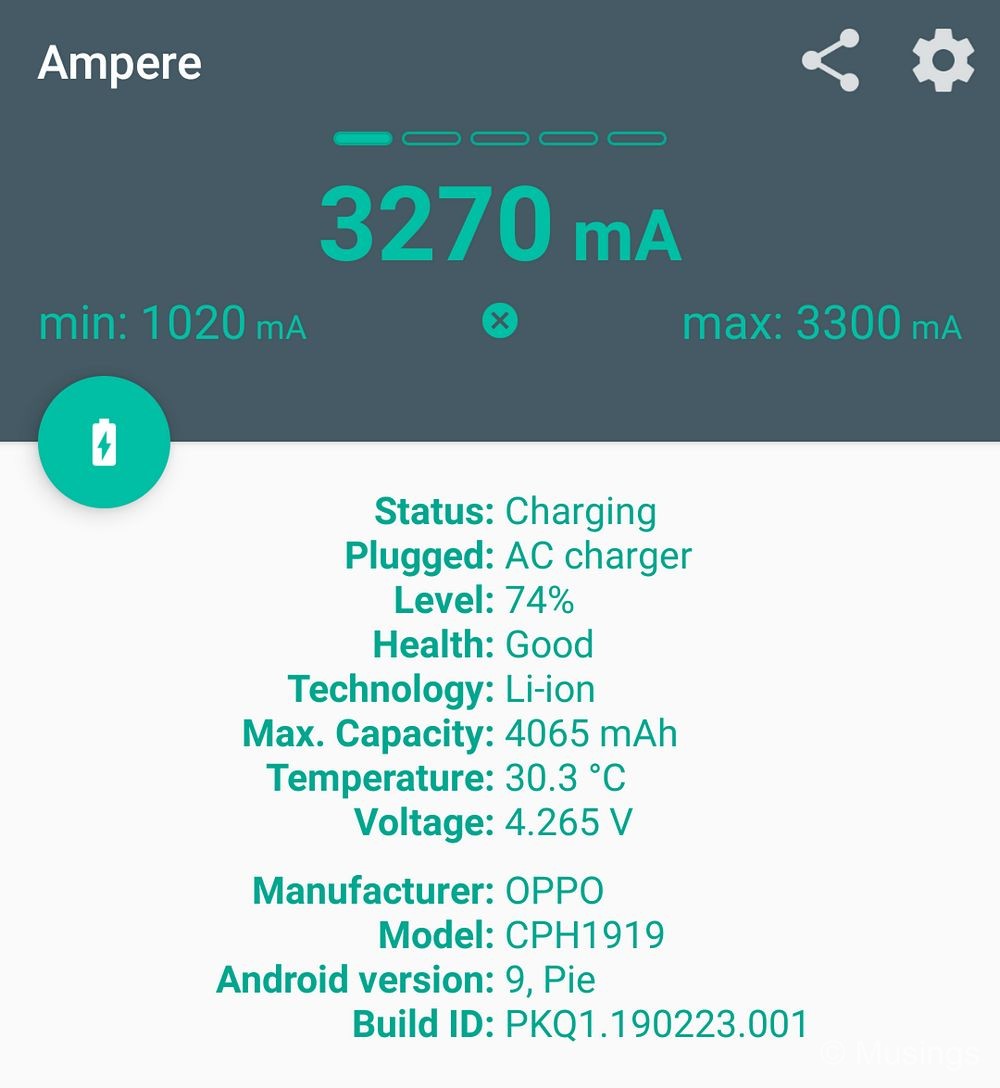Continuing from the last two posts – here and here – my first week impressions of the Oppo Reno 10x zoom phone!
It’s also becoming standard inclusion for Android phone manufacturers for their phones to come with factory-installed film-type screen protectors, and also a phone case. Gone are the old days when you had to hunt for a protection case and screen protector when a new phone comes! The manufacturer supplied ones in the box will work fine for at least a while. What’s particularly impressive though is the quality of the case Oppo has thrown in with the Reno 10x zoom. It’s not one of those cheap looking transparent PSU cases – the Note 9 came with one of those – but a fairly rigid, hard plastic case with a matte-type exterior that helps in gripping and a felt/Alcantara-like layer for the interior. Some owners have complained about how ugly this supplied case looks, but I’m fine with it. In fact, the thickness of the case also seems to provide good bump and drop protection which I’d otherwise have to spend additional money on say a Spigen case just to get.

Like most other Android smartphone manufacturers, Oppo phones come with the company’s proprietary skin and OS layer, called ColorOS. The version of ColorOS that’s installed on the Oppo Reno is V6.0 and it’s based off Android Pie. Oppo’s OS layer offers deep customisation options that I didn’t find equivalents on the Note 9. These include the ability to set zoom levels on display, an interesting option to enable flicker-free displays when set to low brightness, a ‘Smart Driving’ option that clamps down on unnecessary notifications, built in tools to manage use by children (!), and a host of unusual security features – including sensing when sensitive and confidential information is entered using the onscreen keyboard, and detecting unauthorized use of the microphone and camera.
One oddity though: the Dynamic Live Wallpaper Selector feature that’s baked into ColorOs is super convenient, as I can quickly choose from all Live Wallpapers that are installed on the phone. However, the feature also bypasses any built-in settings or configuration option in the Live Wallpaper app itself. That means that several paid Live Wallpaper apps I have can’t be configured once enabled. So, a fun Live Wallpaper app I’ve got like Flags of Asia is now permanently stuck on what looks like the Vietnamese flag on the Oppo Reno haha. This does seem to be a bug rarher a feature omission, but I’m not sure if this will be fixed in a software update either. /sigh
The Raise to Turn On Screen feature also works well. The Oppo is again particularly responsive in this regard, with the display instantly turning on when the phone detects that it’s getting lifted up. What’s missing is an accompanying auto-login, e.g. using face detection. Which means lifting the phone to wake it from sleep requires an additional on-screen tap to do a face login, or I go back to a fingerprint login. It’s a minor annoyance, but also something that’s should be fixable through software if Oppo wants to. I can only hope.
Like the Samsung phones, Oppo also offers an Always On Display (AOD). Oddly again, I haven’t found a way to include simple notifications on the AOD, which makes it impossible for me to see if I’ve got new messages or emails without waking the phone up. This problem is also compounded by the absence of LED notification lights on the Oppo Reno, a consequence of that beautiful stunning full-screen bezel-less display. One of the niftiest apps I had on the Note 9 was Light Manager Pro, an app that let me customize the LED notification lights on the phone. No such will be possible on the Oppo.
The Oppo is also comparatively light on bloat, especially coming out from Samsung Galaxies which are typically loaded up the to the brim with stuff that I’d never use and can’t uninstall even. Heck: I couldn’t uninstall the Microsoft Office suite on the Note 9 when I was trying to squeeze every bit of free storage I could on it. The only Samsung-supplied app I use on their phones has been Samsung Pay – and that was a long while ago on the S8+!

The top and bottom firing speakers on the phone do offer that bit more audio separation. But the audio output on the Note 9 is actually already very good, with full-bodied sound that is about reasonable for gadgets of this size. It might come down to personal preference, but I find the speaker output on the Note 9 just a bit more pleasing compared to the Oppo Reno. A more serious issue though lies in the Oppo’s speaker when listening to phone-calls: trying to find the sweet spot where you place your ear to the speaker is challenging! The speaker hole seems to lie just slightly off center and to the left on the top of the Oppo.
The haptic feedback I get when touch-typing on the Oppo is also nicely implemented. Most phones today offer haptic feedback of course, but I’ve routinely disabled it whenever setting up on a new phone. On the Oppo Reno, each touch key press produces vibration that seems to have hit an ideal balance between it being noticeable yet not particularly pronounced either. It’s quite pleasing, so I’ve left haptic feedback on this new phone. A first for me on a phone!
One of the highlight features also on the Oppo is VOOC 3.0 charging, with VOOC being Oppo’s proprietary implementation of fast-charging technology. The maximum charging speed on the phone isn’t Oppo’s fastest because of how it implemented its single cell 4,065 mAh battery. The VOOC charger supplies 20W on the Oppo Reno versus the more than twice as fast 50W on a few of Oppo’s other phones. But it’s still pretty quick, with reviewers reporting that the phone battery can be charged from 25% to 100% in 47 minutes. However, you need to use the manufacturer supplied VOOC charger and cable for this. There are cheap alternatives that look like clones of VOOC chargers on Lazada and Qoo10 that costs a quarter compared to the OEMs. But if there’s anything to be learned from recent reports of phones burning up and even exploding, it’s that higher quality power banks, chargers and cables are worth the more pricey investments. Still, the VOOC fast charging is finally also a feature that I likely won’t use since I prefer the convenience multi-port USB chargers bring about at home and at work – though I reckon users who only charge their phones once a day when at home will find the VOOC charging feature useful.

The 4,065mAh battery on the Oppo Reno is also just a mite bigger compared to the 4,000mAh on the Note 9. But some web sites have reported 10% increased battery longevity compared to the Note 9, even with just the extra 65mAh. E.g. GSMArena rates the Oppo Reno at 107hr versus 97hrs on the Note 9. Clearly, software optimization has a huge part to play. My day to day use so far though hasn’t given me an impression that the Oppo will run that much longer than the Samsung. Both seem to be, roughly, on par: they can easily last more than a day even with semi-heavy use. What’s assuring at least though is that the Oppo only lightly sips battery power when the power-saving mode kicks in, e.g. when I’m sleeping. Battery drops just about 1% every two hours at night.
What’s a real omission on the Oppo Reno is the absence of wireless charging. I’ve got several wireless charging pads spread around our Minton home to charge our Samsung Galaxies, and the convenience it brings is not trivial. I’ve got one of those cheapo wireless charging receiver that you install on a phone that I’ll try on this Oppo Reno, but I’m not hopeful it’ll work well.
Talking about other omissions – unlike the Note 9, the Oppo also doesn’t have a 3.5mm headphone jack. I can’t really fault Oppo on this, since most phone manufacturers with models in this tier are all gradually moving away from headphone jacks. Even stalwarts like Samsung are also rumored to omit these jacks from their next wave of their top-line phones – possibly starting with their upcoming Note 10 to be announced next month in August. Either way, the lack of a headphone jack would had been a real problem a year ago that would had made me think twice about getting a phone without it. But it’s become a non-issue since I started using the Creative SXFI headphones – they connect via Bluetooth or the USB-C port.
Finally, my last two phones – the Samsung S8+ and Note 9 – both offered IP68 dust/water resistance: which gave you that extra bit of assurance that these phones would not be in the least fazed by rain at least. The Oppo Reno has no such, though I’d be really surprised if the phone can’t at least handle water drops.
Next post looks at the camera on the Oppo Reno!
Recent comments